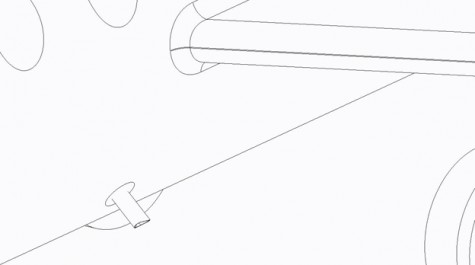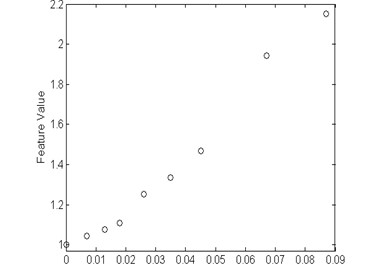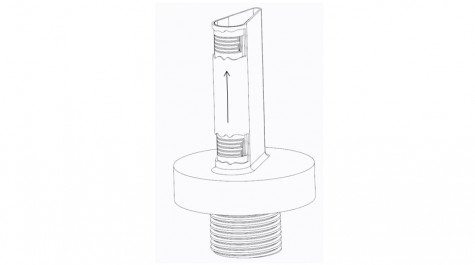Aircraft icing is a critical concern for rotorcraft and fixed wing aircraft in both the military and civilian domains. In-flight icing on aerodynamic and control surfaces can lead to dramatic losses in lift and control and have caused hundreds of accidents and more than a thousand deaths in the past few decades. Highly-sensitive and reliable ice sensing technology is of paramount importance for military and civilian aviation, and Guidedwave is in the process of developing and commercializing an ice sensing probe that relies on ultrasonic guided waves.
The guided wave ice sensing technology utilizes magnetostrictive sensor coils to generate and receive a guided wave that is propagated through the outer skin of the probe, upon which ice is allowed to accrete. By measuring changes in the guided wave dispersion curves that are induced by the accretion of ice on the surface of the waveguide, the system’s algorithms can rapidly detect the presence of ice on the surface of the probe.
Guidedwave originally developed this technology with the U.S. Navy to replace the ice sensor on the CH-53E helicopter, which requires a hazardous radioactive element. Guidedwave’s ultrasonic solution requires no hazardous materials, can be delivered at a substantial cost savings to other alternatives, and can deliver excellent sensitivity, even to very thin layers of accreted ice (as little as 0.010”). Guidedwave’s patent-pending ice sensing technology is currently in the process of commercialization. It is anticipated that this technology could be applied to military and civilian rotorcraft, fixed-wing aircraft, and remotely-piloted aircraft once on the market.





